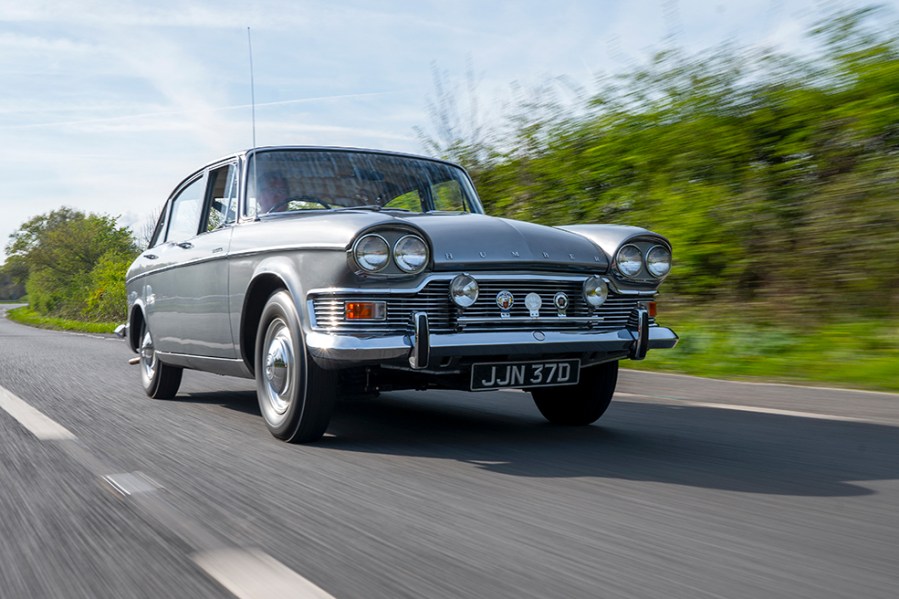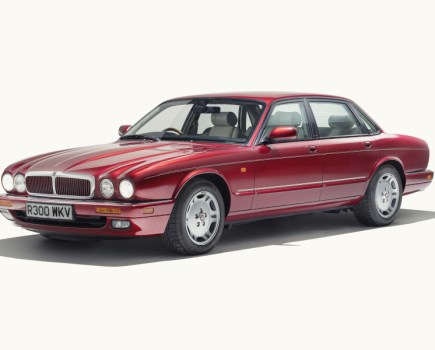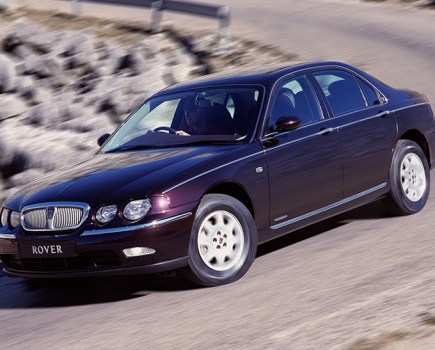The Humber Imperial was a fitting range-topper primed for transporting important executives and diplomats. Here’s the full story
Words: Andrew Roberts Images: Matt Richardson With thanks to: Stephen Lewis
The Humber “Series” family began in 1957 with the introduction of the four-cylinder New Hawk, then one of Britain’s largest unitary-bodied cars. The Super Snipe followed a year later, powered by a 2651cc six-cylinder engine designed by Armstrong-Siddeley. The Series II of 1959 brought a 3-litre engine, while the 1960 Series III introduced four headlamps, a first for a British car. The 1962 Series IV added a redesigned rear window.
By this time, the Super Snipe Estate had become a familiar sight as an A-road and motorway police patrol car, while any civilian owner of a Humber was clearly someone of standing. The Rootes Group also showed a keen sense of promotion, placing the Super Snipe in ITV’s No Hiding Place and The Human Jungle, as well as in some Edgar Wallace B-films.
A major facelift arrived in 1964, with six-light styling replacing the distinctive dog-leg window frame and curved windscreen. The Super Snipe Series V gained twin Zenith Stromberg 175CD carburettors, but the most significant development was the debut of the new flagship model.
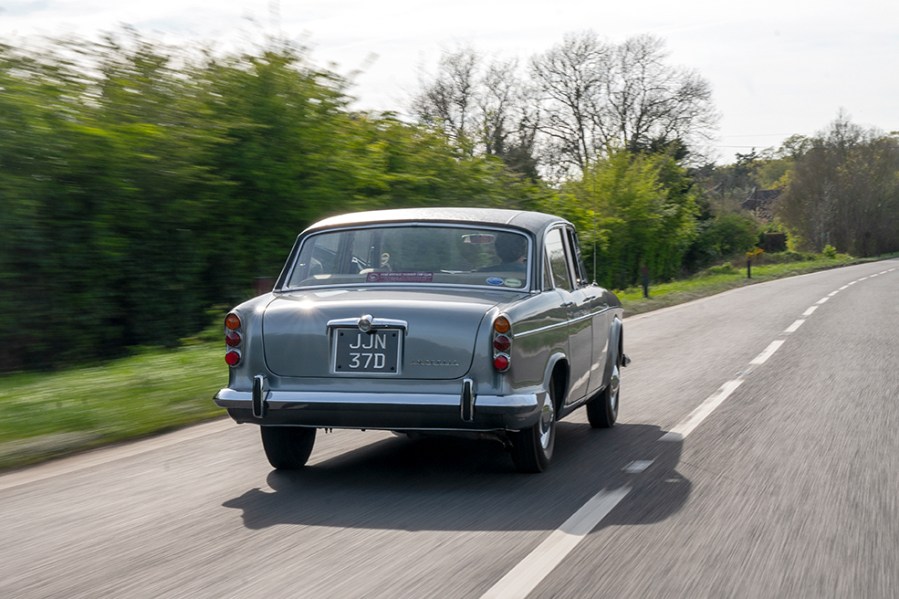
The advertisements promised ‘a new conception of executive luxury’ and the Humber Imperial proved one of the star attractions of the Earls Court Motor Show. Rootes had previously used the Imperial name in 1954 as a saloon version of the Pullman limousine. The new model followed in its tradition of formal transport for the well-heeled owner who did not mind giving the chauffeur the occasional evening off.
The Imperial’s bodywork was by Thrupp & Maberly, the London coachbuilder acquired by Rootes in 1926. Stephen notes: ‘They altered the Series V by applying the extras, so carried out no structural work.’ As compared with the already well-appointed Super Snipe, the equipment list included a vinyl roof and your choice of West of England cloth or leather upholstery. The specification further included power-assisted steering, automatic transmission, fog and spot lamps, and three cigar lighters. Meanwhile, the rear passengers benefited from picnic tables, a second heater unit, a nylon rug covering the pile carpets, and adjustable reading lamps.
The Humber also boasted a MW/LW radio with speaker balance so that occupants could enjoy the BBC Home Service in comfort. At the same time, the driver was able to vary the ride quality via the Selectaride adjustable rear dampers controlled by a dashboard-mounted rotary control. The owner also could revel in the red warning lamps for when the doors opened, the reclining front seats, and the rear screen demister operated by a switch mounted by the driver’s door. In short, the Imperial more than fulfilled Humber’s claims of providing supreme luxury and was worth every shilling of the £200 price increase over the Super Snipe.

One of its principal rivals was the Vanden Plas Princess 4-Litre R which also made its bow at the 1964 London Motor Show. However, that cost £1995 compared with the Humber’s £1795 18s 9d. A potential Imperial owner might also have considered the Rover P5 3-Litre at £1770, while the Jaguar MkX 4.2 automatic was a vast £2291 and a Daimler Majestic Major even more expensive at £2624. By contrast, the Imperial’s price was comfortably below the £2000 threshold for claiming tax relief on a business car. Even the Limousine with sliding glass division was only £1917.
Rootes gained invaluable publicity when Harold Wilson used the ultimate Humber during his first term as Prime Minister, plus you could view an Imperial guest-starring in the 1968 Laurence Harvey spy thriller A Dandy in Aspic at your local Gaumont.
Motor believed the list of standard equipment would do justice to a car costing twice as much, but a Motor Sport test employed very 1960s snobbery, saying: “Whether this latest Humber Imperial will find favour in St. James’s I do not know, but certain it is that amongst financially shrewd industrialists, such as abide in the busy Midlands and elsewhere, this is a car the quality-for-outlay of which should exert a strong appeal.” Fortunately, an Autocar report was more balanced, concluding; “For the man who wants distinction and needs to carry several passengers in real comfort and quietness at quite high cruising speeds this car could well be a complete answer.”
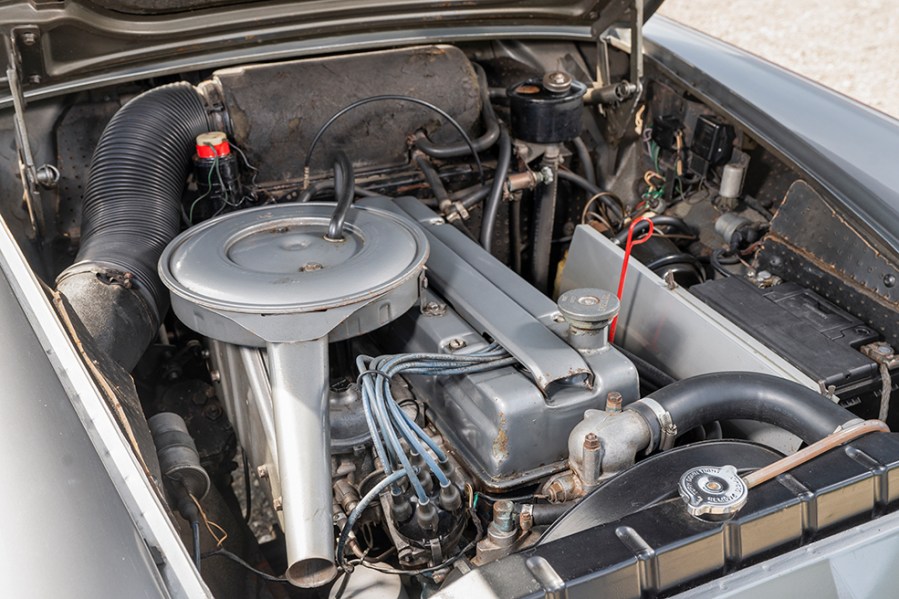
Alas, fine car as it was, the Imperial represented the swansong of the big Humbers. By 1965 the Rootes Group had commenced plans for a 4.4-litre V8 engine successor, but they eventually cancelled this seemingly promising idea.
As Stephen Lewis, Post Vintage Humber Car Club historian and owner of the car in these pictures, observes: “Rover upgraded their P5 using the ex-Buick V8. Chrysler had effectively taken control of Rootes in the mid-60s, thus it was thought the Series Super Snipes and newly introduced Imperial could benefit in sales by raiding their parts bin for a suitable engine to revitalize sales. The prototypes gave some performance improvement, but it was not staggering. It was merely an exercise in keeping up with the competition and probably would have helped a little, but with the base Hawk/Super Snipe body being nearly ten years old by then, a new car was really needed.”
March of 1967 marked the demise of the Super Snipe and the Imperial, with sales of the Hawk Estate lasting until early 1968. Instead, Ryton developed a new C-class model scheduled for launch in 1970, importing Australian-built Valiants as a stop-gap measure.
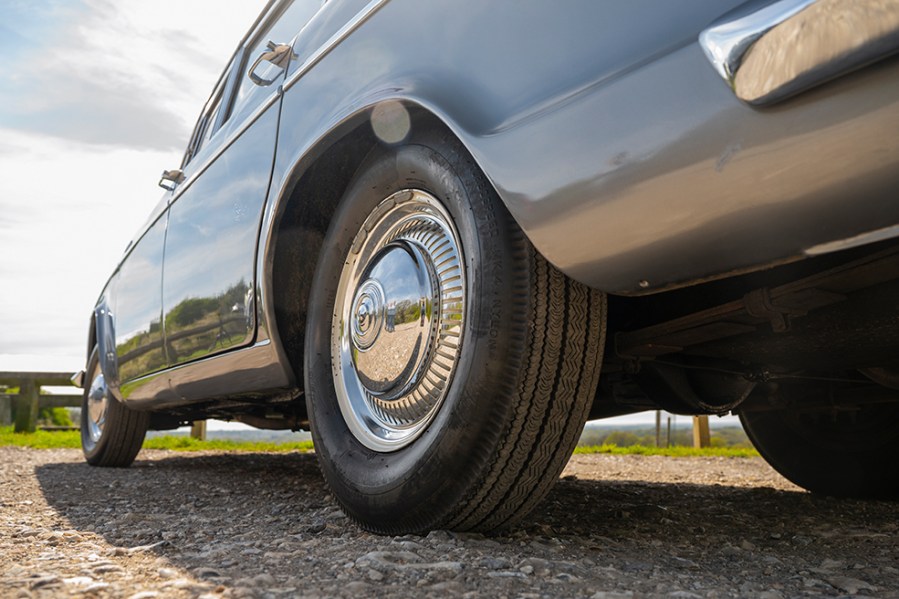
Alas, Highland Park eventually decided the eventual 180/2-Litre would wear the Pentastar badge instead of separate Hillman, Sunbeam and Humber logos, a marketing decision as logical as the average EastEnders plot line. Finally, 1976 saw the famous marque’s demise with the end of the Arrow-series Sceptre. By that time, Imperial numbers were already in marked decline, victims of the OPEC fuel crisis, corrosion and the attentions of banger racers.
The Imperial could never be described as humble, but nor is it overly flamboyant. Instead, it embodies the qualities that made Humber the marque of choice for the professional classes – opulence and dignity, combined with a faintly dashing air.

